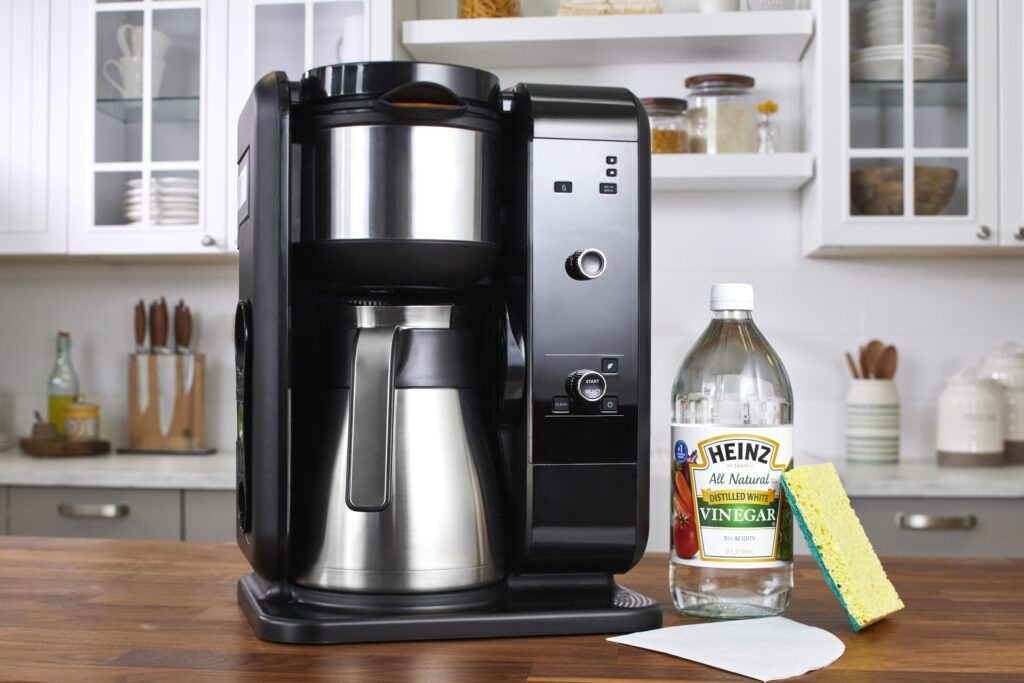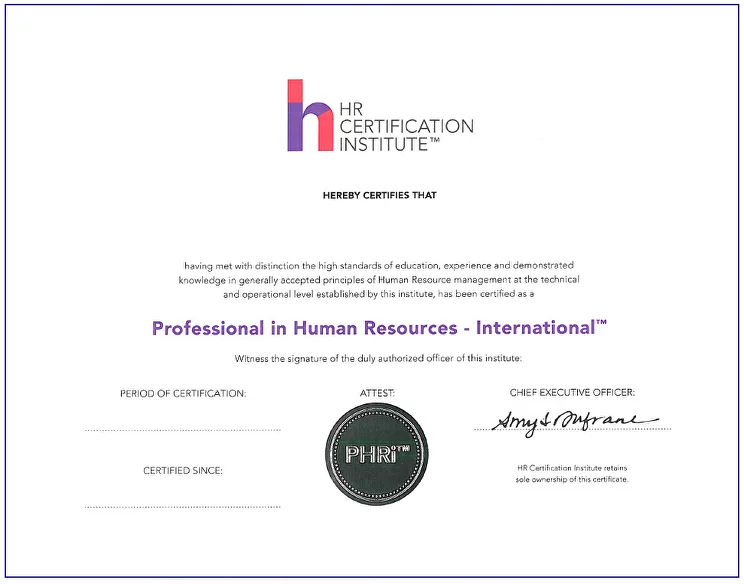Best Way To Clean Your Coffee Machine 2022. It’s easy to ignore your countertop appliances when cleaning the kitchen. Yes, you swab them down and everything appears to be in order on the outside, but problems might arise inside the coffee machines.
Mold, yeast, and bacteria thrive in the warm, damp, dark interiors of coffee makers, which are then sucked down through the pipes and into your coffee cup. Some of the nastiness may be destroyed by the heat, but these aren’t the kinds of flavourings you want floating in your morning coffee.
There’s also the matter of limescale, which can accumulate inside the machine and impact both the equipment’s operation and the flavour of your beverage. (Some coffee makers, such as the Sage Bambino espresso maker, have a filter that can be removed from the tank, which is helpful.) It will, however, require cleaning.)
That is why, if you own a coffee maker, you should clean it on a regular basis.
If you use your machine on a daily basis, a thorough cleaning every two weeks is recommended. If that seems impractical, once a month should do for hygiene. Make a recurrent reminder on your phone and follow through.

But how can you clean the machine effectively if you can’t take it apart and observe what’s going on inside?
Fortunately, there is a simple solution. The issues originate in the water reservoir, so that’s where we’ll start.
Also Read: How to watch the bafta 2022
Do this every week
- Remove the water reservoir from your coffee machine at least once a week. Warm, soapy water should be used to clean it both inside and out. Before putting it back into the machine, give it a thorough rinse and dry. (Okay, there was some cleaning involved – but not a lot.)
- If you have a bean-to-cup machine, make sure you dump the grounds container on a regular basis, even if you don’t use it very often. Used coffee grounds behave like food and, like food left in a room-temperature container for an extended period of time, can quickly get mouldy. Before putting the container back into the machine, clean it with warm, soapy water and dry it.
- Remove the basket from the portafilter and clean them both if you have an espresso machine. Wipe the dispensing head clean. Run hot water or steam through the steam wand, wipe it off, and clear the channel with a toothpick if it appears obstructed.
- Clean the cartridge head if you use a pod coffee machine.
Every two weeks/ every month (depending on your cleaning tolerance)

- Clean the water reservoir as described above, then fill it two-thirds full with an equal mixture of white vinegar and water.
- Then, as normal, run the machine – but don’t add any coffee. However, place a cup beneath the spout to catch the vinegary liquid.
- Continue to run the machine until the vinegar and water combination is mostly gone.
- After that, leave your machine alone for an hour to allow the vinegar to work its magic within.
- When you go back, drain the reservoir and clean it with warm, soapy water. After that, rinse it off and refill it with fresh water.
- Start the machine (again, with a cup under the spout). Continue until all of the clean water has passed. Don’t forget to remind other members of your home not to use the coffee machine while it’s being cleaned, or they’ll be in for the worst morning pick-me-up ever.
- You’re ready to brew a non-disgusting coffee after refilling your reservoir.
This method works for any sort of coffee maker or equipment, including pod, ground coffee, drip, and bean-to-cup.
If your coffee maker is on its last legs and you’re thinking about replacing it, have a look at our list of the top coffee makers we’ve tested.




